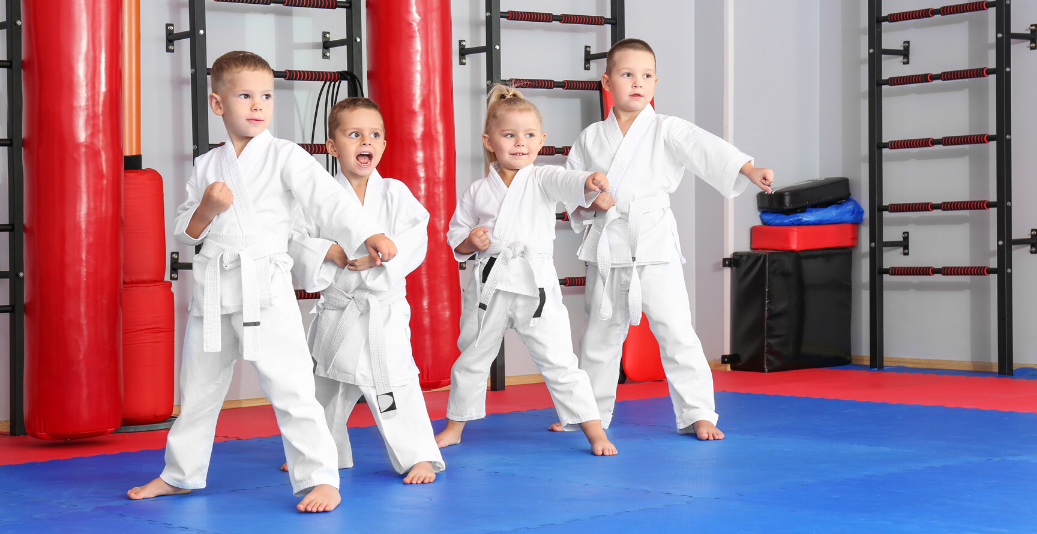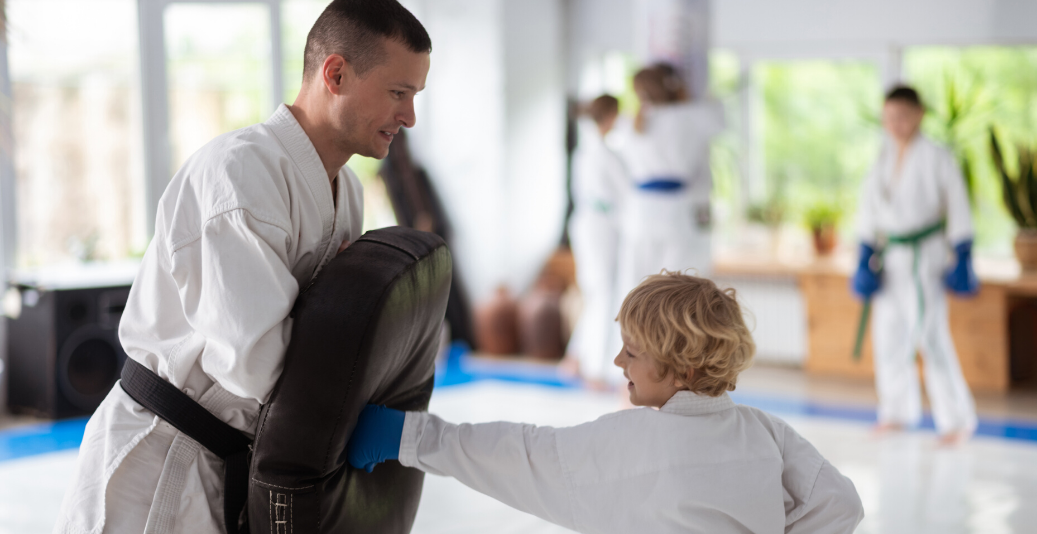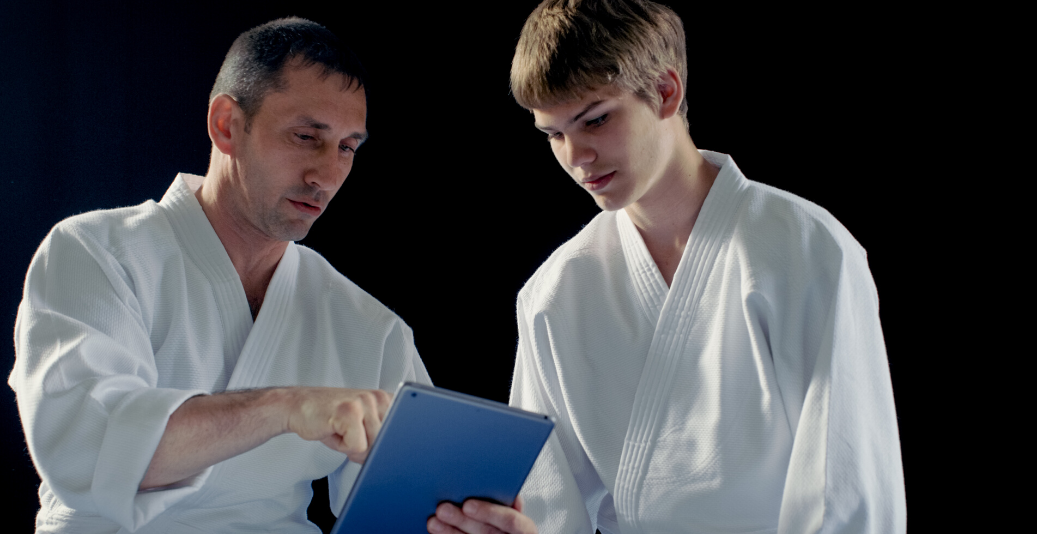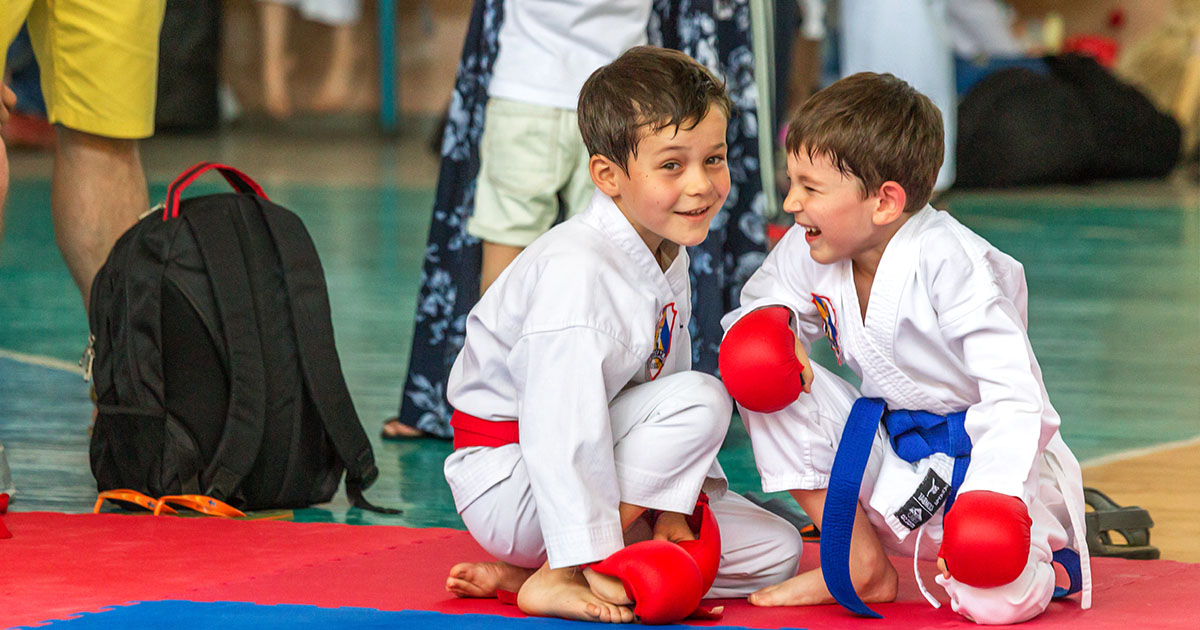Family Martial Arts: Choosing Martial Arts Style For You & Your Child
Martial arts, in some form or another, have been around for millennia, with the oldest work of art depicting scenes of Egyptian fighting dating back to 3400 BCE. Through this time, many styles of martial arts have grown, evolved and developed into the common modern martial arts systems we see today.
While this is not an exhaustive list of martial arts, we wanted to break down a few aspects of these practices, in order to explore what interests you most, when looking for the perfect martial arts style for you and your kids. For the sake of this discussion, we are including all forms of fighting arts in the term “martial arts."

The Art of Striking
Striking, whether it’s a kick or a punch, is one of the main ways humans fight. There are many martial arts focused on this style. From boxing – where only punches are allowed – to tae kwon do – where kicks reign supreme – there are many martial arts that emphasize a variety of striking as the principle component of their art. Striking martial arts such as karate, taekwondo, muay thai, jeet kune do are common and are usually well balanced, when it comes to regarding philosophy, forms, and sparring. For parents choosing a martial arts style focused on teaching principles, tenets and life lessons, these are going to be the ones to look to first.
For many parents, the first martial art your child is exposed to can be quite important. It’s important to choose one that is going to be complimentary to your child’s personality. For instance, a stronger philosophical or control-oriented art may be better for high energy children that could use more discipline, while more exercise and combat-oriented martial arts might be more suitable for more well-behaved kids.
A Grapple a Day Keeps the Doctor Away
Wrestling has been a common pursuit in North America for a while now but, with the recent growth of mixed martial arts, other forms of grappling-focused martial arts are becoming more popular. While Judo’s presence has been felt for a while now – especially with its introduction into the Summer Olympics, back in 1964 – other grappling arts are currently taking the spotlight.
Brazilian jiu jitsu may be the trendiest martial art to practice at the moment and with good reason. Judo and jiu jitsu focus on reducing size advantages that may exist between two opponents, with maximum results and minimum efforts as the overarching philosophy, with this style. Take the size and strength of your family and children into consideration, when making this type of distinction.
 Self-Defense for Real Life
Self-Defense for Real Life
Self-defense skills are a big reason people join martial arts schools. Choosing a martial arts style effective in real world self-defense scenarios can help students feel empowered and safer. While almost all martial arts have some self-defense components, there are martial arts like Krav Maga, Pencak Silat, and Wing Chun that focus on self-defense even more. There are plenty of hybrid self-defense classes, as well, although we suggest practicing due diligence in making sure the quality of the instructor is high.
Many of these combat heavy martial arts often come with an older age range, given their more physical nature. It is very rare to see children involved in most of these, especially Krav Maga. If you’re worried about the impact of bullying on your child, you may want to pay more attention to schools which have specific anti-bullying programs, as a way to give them a more specialized training that will help them overcome these social obstacles.
Mixed Martial Arts
With the popularization of the UFC and other mixed martial art leagues, MMA has been growing very quickly. There are many schools providing this format of learning various skills from particular martial arts, with some schools having specialists in each martial art teaching a focused curriculum. This can be very advantageous for someone who wants to learn about various martial arts and MMA may be the best form of self-defense, in real world scenarios.
However, many MMA schools skip the philosophies and forms of traditional martial arts. Because of this, it might not be the right fit for your family, if you’re looking to enroll you or your child in a program where you can learn the philosophies and tenets of a traditional martial art. For younger children, it is recommended to begin with a more traditional form and see how they adapt to it. If they are able to easily control their aggression and focus, try an introductory mixed class, to see how they handle themselves.

Case-by-Case
No matter the style, if the quality of instruction is low, you won’t get much out of practicing at that particular school. For example, if you determined that judo was the style of choice but your city’s one judo school’s head instructor doesn’t focus enough on character development, then you might be better off looking for a different style of martial art. We always recommend visiting the school first, watch a class, do an introductory session, and then speak to your potential instructors and master. You need to know that the instructors and the direction the master gives them align well with your values and what you’re trying to get out of martial arts training for you and your child. If there are only a few schools to choose from, we suggest checking them out, regardless of their styles, and go with the one with the highest quality of instruction.
For children, you’ll want to pay special attention to classes that have a focus towards their particular age group. It can be very challenging for younger children to role with older teens and adults and they will need classes designed specifically for their needs. These classes will not only provide more effective training for children but will also help socialize them, creating bonds that can last a lifetime.
.png)



